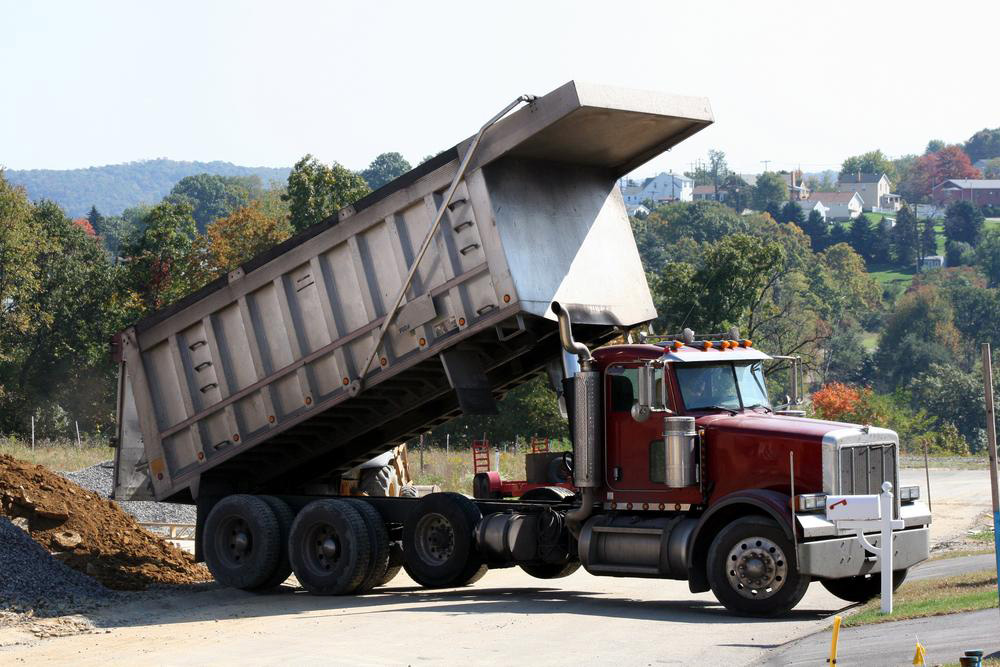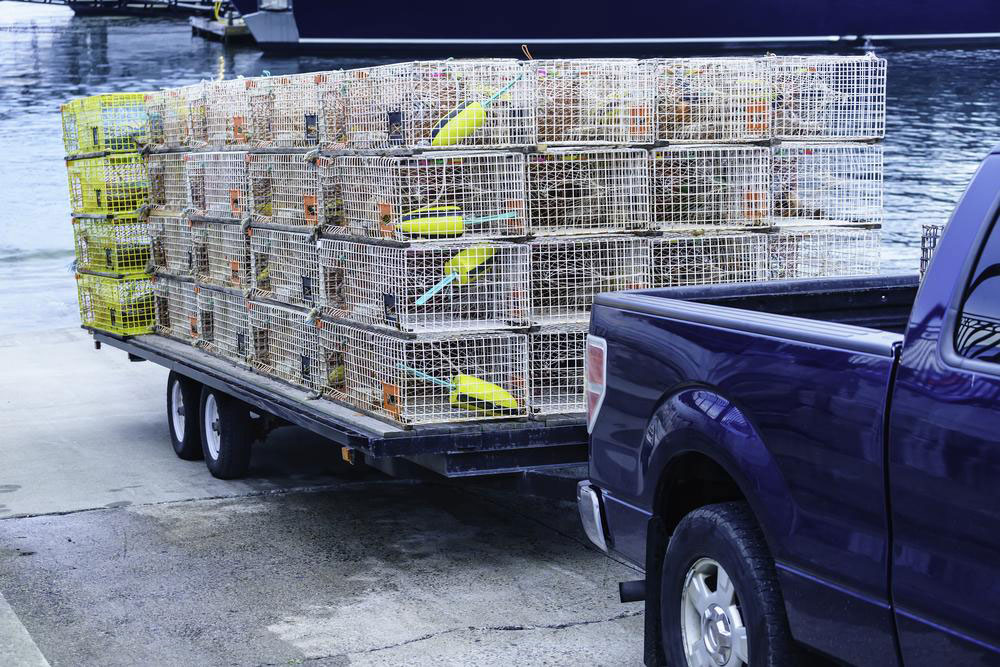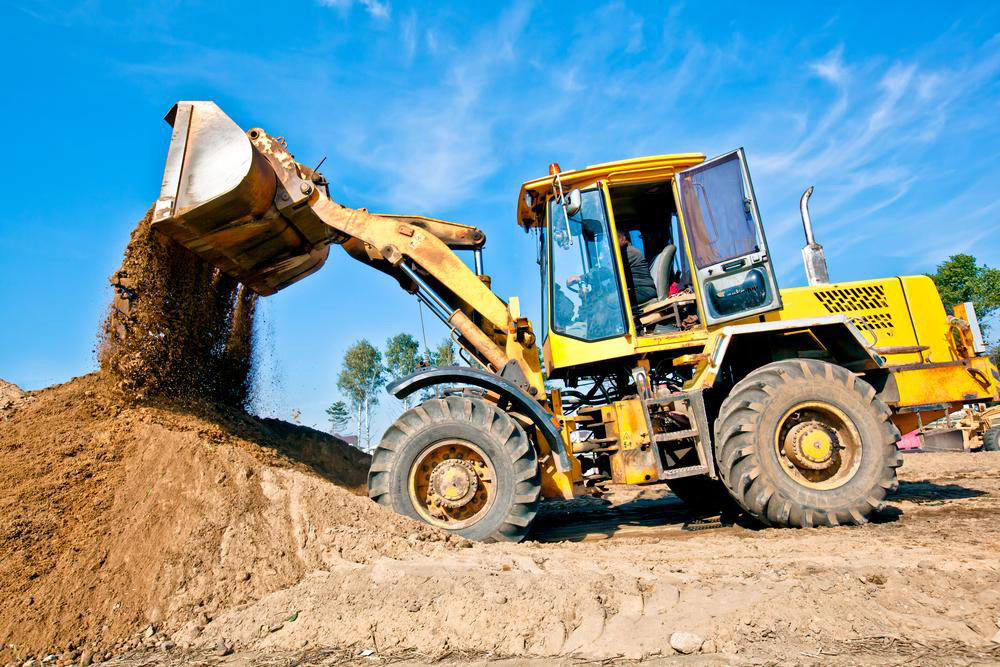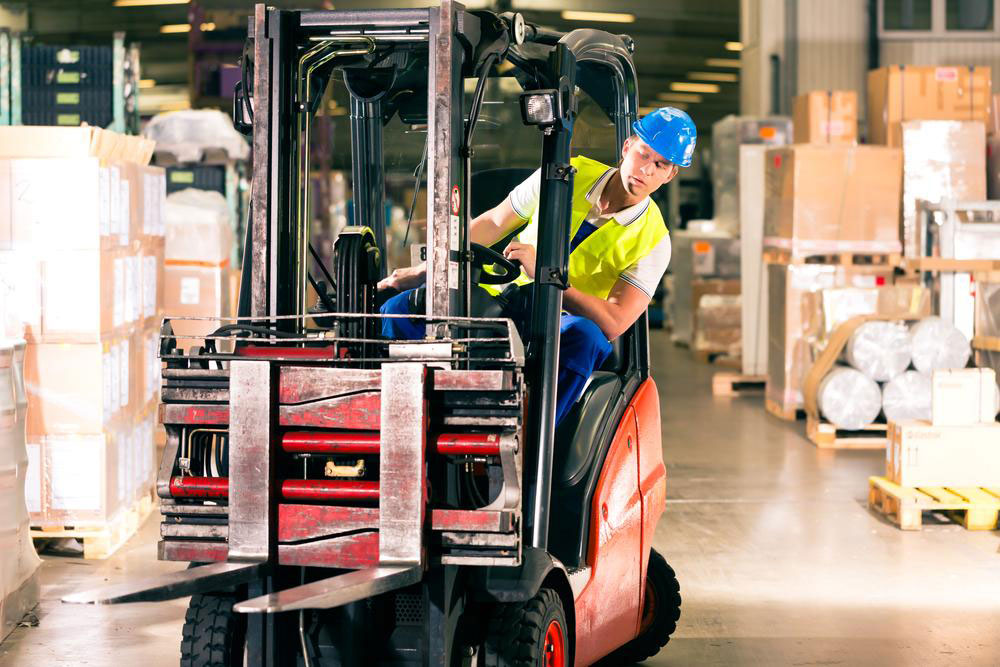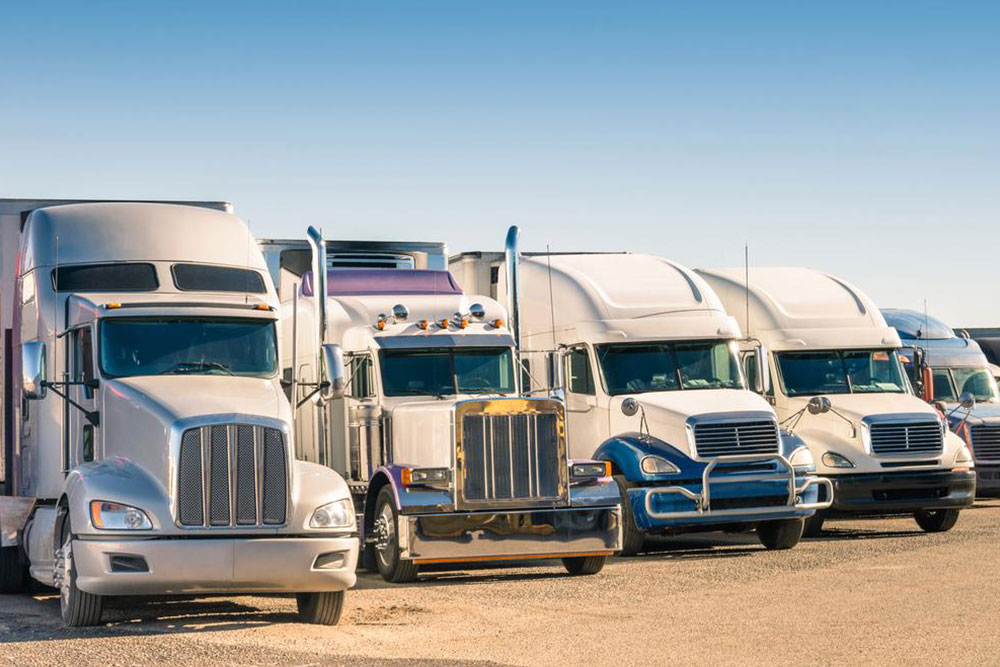Choosing Between End and Side Dump Trailers for Your Business
Navigate the differences between end and side dump trailers to optimize your material handling operations. Learn about durability, capacity, and regional preferences to select the best trailer for your construction, mining, or transportation needs. This guide helps you understand key features to make an informed decision tailored to your industry requirements.
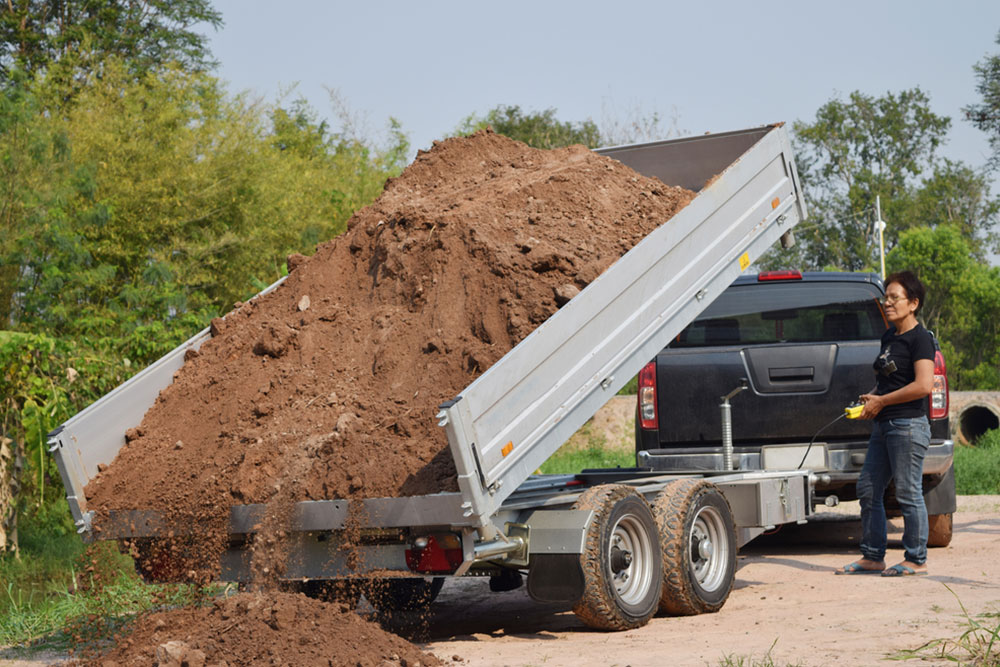
Choosing Between End and Side Dump Trailers for Your Business
When selecting a dump trailer tailored to your operational needs, the key decision often involves choosing between an end dump and a side dump model. Both types excel at heavy-duty tasks, but each has distinct benefits. Continue reading to explore the advantages of both trailers to help you make an informed choice:
End Dump Trailers: Features and Benefits
Build Quality:
End dump trailers typically incorporate more aluminum, which may reduce their overall durability. However, steel variants are increasingly popular and offer enhanced strength and longevity.
Load Capacity:
The higher, reinforced sides of end dump trailers allow for better cargo volume, making them suitable for large loads.
Handling and Maneuverability:
Their design makes end dump trailers especially useful in confined or tight spaces for unloading tasks.
Stability:
They tend to have lower stability margins, increasing the risk of tipping. Higher insurance premiums might be necessary to cover associated risks.
Typical Uses:
Ideal for construction sites, snow removal, and aggregate storage, end dump trailers are versatile for various loading and unloading scenarios.
Regional Popularity: They are predominantly used in Eastern regions.
Side Dump Trailers: Features and Advantages
Durability:
Side dump trailers are regarded as durable and capable of handling tough conditions.
Handling and Stability:
Offering superior stability, they are safer for offloading operations and generally incur lower insurance costs.
Payload Capacity:
Though their cargo volume per load is somewhat lower, they support multi-trailer configurations for larger operations.
Common Uses:
Frequently employed in levee construction, mining, excavation, and roadworks, especially where handling larger stones like boulders and rip rap.
Regional Popularity: They are more favored in Western and Midwestern regions.
Review these features to determine which trailer type aligns best with your specific work requirements.
Note:
Our blog offers a wide range of practical industry insights sourced from extensive research. However, content should be viewed as informational rather than definitive. The team is not responsible for discrepancies or inaccuracies across different sources. Please consider current schemes and offers separately, as they may provide additional benefits beyond our coverage.


